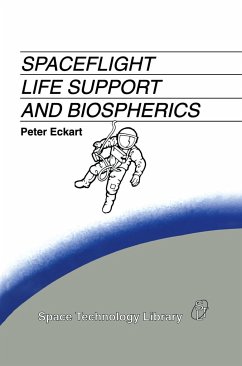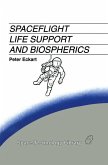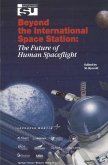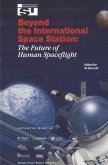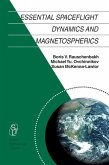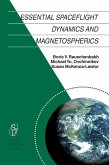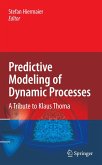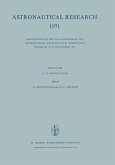Spaceflight Life Support and Biospherics is the introduction to space life support systems and artificial ecosystems that has so far been lacking. It is a source of information for everyone involved in the life support system design and development process - engineers, scientists, and students - as well as all those who are simply interested in this existing discipline. The structure of this book is such that it gives step-by-step answers to the basic questions concerning life support systems on any scale - from small microbial systems to the Earth's biosphere: Why life support system development and biosphere research? How does our natural life support system, the biosphere, work? What are the environmental conditions for life support systems in space? What are the fundamental terms and requirements of life support? Which physicochemical life support subsystems currently exist? Which are the potential bioregenerative life support technologies of the future? What are life support systems of future planetary habitats going to look like? What are the experiences of the largest artificial ecosystem - Biosphere 2? What are the potential terrestrial benefits of life support development? £/LIST£
Hinweis: Dieser Artikel kann nur an eine deutsche Lieferadresse ausgeliefert werden.
Hinweis: Dieser Artikel kann nur an eine deutsche Lieferadresse ausgeliefert werden.
' ... may well become a standard textbook, for the pioneers of our first home beyond Earth.'
Arthur C. Clarke, CBE, Colombo, Sri Lanka
' The book provides a very concise and pleasing summary of what is known and what is needed for the further development of life support systems.'
Spaceflight, January 1995
' A book which should be on the desk of every scientist and engineer working on regenerative life support systems.'
Dr Donald Henninger, NASA-Johnson Space Center
' ... remarkable book not only covers life support technology ... , but also serves as a primer on principles of ecology and the nature of the space environment. It serves both as a reference for professionals and as an introductory text for those new to the field.'
Dr Wendell Mendell, NASA-Johnson Space Center
' I recommend it to all the future aerospace engineers and to the confirmed space engineers who want to be informed about the specific field of space engineering.'
Dr Christian Tamponnet, ESA-ESTEC, Noordwijk
Arthur C. Clarke, CBE, Colombo, Sri Lanka
' The book provides a very concise and pleasing summary of what is known and what is needed for the further development of life support systems.'
Spaceflight, January 1995
' A book which should be on the desk of every scientist and engineer working on regenerative life support systems.'
Dr Donald Henninger, NASA-Johnson Space Center
' ... remarkable book not only covers life support technology ... , but also serves as a primer on principles of ecology and the nature of the space environment. It serves both as a reference for professionals and as an introductory text for those new to the field.'
Dr Wendell Mendell, NASA-Johnson Space Center
' I recommend it to all the future aerospace engineers and to the confirmed space engineers who want to be informed about the specific field of space engineering.'
Dr Christian Tamponnet, ESA-ESTEC, Noordwijk
' ... may well become a standard textbook, for the pioneers of our first home beyond Earth.' Arthur C. Clarke, CBE, Colombo, Sri Lanka ' The book provides a very concise and pleasing summary of what is known and what is needed for the further development of life support systems.' Spaceflight, January 1995 ' A book which should be on the desk of every scientist and engineer working on regenerative life support systems.' Dr Donald Henninger, NASA-Johnson Space Center ' ... remarkable book not only covers life support technology ... , but also serves as a primer on principles of ecology and the nature of the space environment. It serves both as a reference for professionals and as an introductory text for those new to the field.' Dr Wendell Mendell, NASA-Johnson Space Center ' I recommend it to all the future aerospace engineers and to the confirmed space engineers who want to be informed about the specific field of space engineering.' Dr Christian Tamponnet, ESA-ESTEC, Noordwijk

